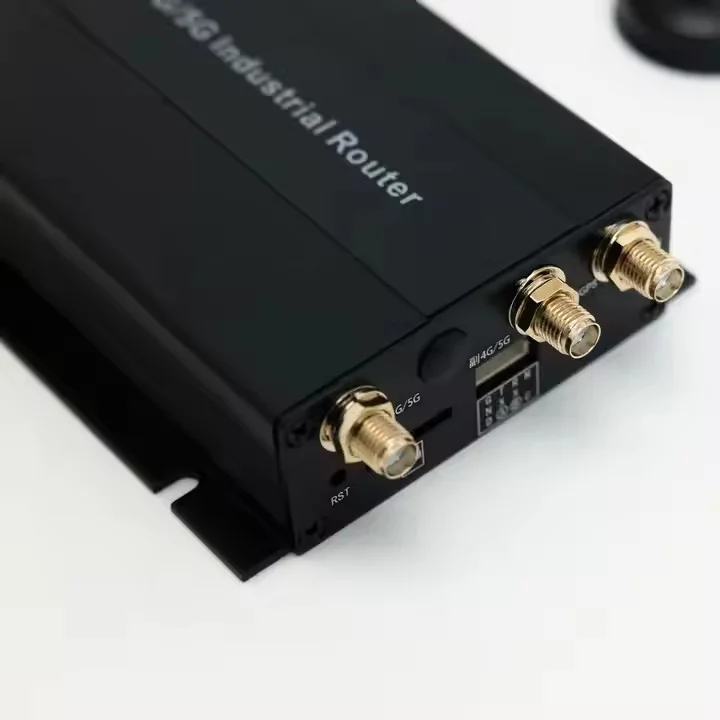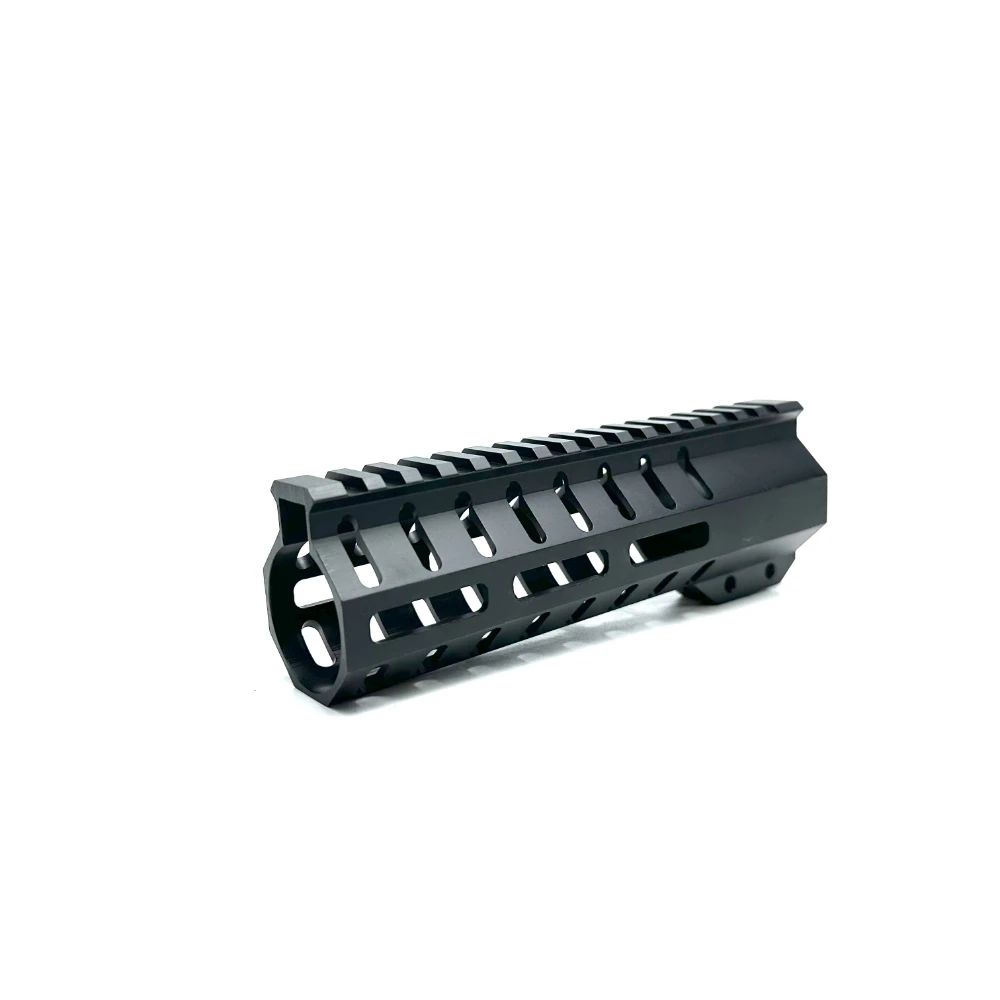In the ever-evolving landscape of printing technology, consumers are often faced with a plethora of options, each promising efficiency, cost-effectiveness, and superior print quality. Among these options, ink tank and smart tank printers have emerged as popular choices for both home and office use. However, understanding the nuances between these two types of printers is crucial for making an informed decision. This article delves into the key differences between ink tank and smart tank printers, exploring their mechanisms, advantages, and ideal use cases.
Understanding Ink Tank Printers
Ink tank printers, also known as continuous ink supply system (CISS) printers, utilize large, refillable ink tanks that can hold significantly more ink than traditional cartridge-based printers. This design allows for a higher page yield and reduces the frequency of ink replacement.
Key Features of Ink Tank Printers:
- Cost Efficiency: Ink tank printers are designed for high-volume printing. The cost per page is considerably lower compared to traditional cartridge printers, making them an economical choice for businesses and individuals who print frequently.
- Refillable Ink Tanks: Users can purchase ink bottles to refill the tanks, which is often more affordable than buying new cartridges. This feature not only saves money but also reduces plastic waste, aligning with environmentally conscious practices.
- Print Quality: Ink tank printers are capable of producing high-quality prints, with vibrant colors and sharp text, making them suitable for both document printing and photo reproduction.
Exploring Smart Tank Printers
Smart tank printers, a term popularized by certain manufacturers, represent an evolution in ink tank technology. While they share many similarities with traditional ink tank printers, smart tank printers incorporate advanced features that enhance user experience and operational efficiency.
Key Features of Smart Tank Printers:
- Smart Technology Integration: Smart tank printers often come equipped with smart technology that allows users to monitor ink levels remotely through mobile apps. This feature helps prevent unexpected ink shortages and ensures that users can reorder ink in a timely manner.
- Automatic Ink Monitoring: Many smart tank printers include sensors that automatically track ink levels and alert users when it’s time to refill. This proactive approach minimizes downtime and enhances productivity.
- Enhanced Connectivity Options: Smart tank printers typically offer a range of connectivity options, including Wi-Fi, Bluetooth, and cloud printing capabilities. This flexibility allows users to print from various devices, including smartphones, tablets, and laptops.
Comparing Performance and Usability
When comparing ink tank and smart tank printers, several factors come into play, including performance, usability, and overall value.
Performance:
- Print Speed: Both ink tank and smart tank printers generally offer competitive print speeds. However, smart tank printers may have an edge due to their optimized print management systems, which can streamline the printing process.
- Print Quality: Both types of printers deliver high-quality prints, but smart tank printers may offer enhanced color accuracy and detail due to their advanced ink formulations and print head technology.
Usability:
- User Experience: Smart tank printers are designed with user convenience in mind. Features like mobile app integration and automatic ink monitoring significantly enhance the user experience, making them more appealing to tech-savvy consumers.
- Maintenance: Ink tank printers require regular maintenance, such as cleaning the print heads and ensuring the ink tanks are properly filled. Smart tank printers often have built-in maintenance alerts, simplifying the upkeep process for users.
Ideal Use Cases
Choosing between an ink tank and a smart tank printer ultimately depends on individual needs and usage patterns.
- Ink Tank Printers: Ideal for users who prioritize cost-effectiveness and high-volume printing without the need for advanced features. Small businesses or home offices that print frequently can benefit from the lower cost per page.
- Smart Tank Printers: Best suited for tech-savvy users who value convenience and connectivity. These printers are perfect for busy households or offices where multiple users need to print from various devices, and where monitoring ink levels is crucial.
Conclusion
In summary, both ink tank and smart tank printers offer unique advantages that cater to different user needs. While ink tank printers excel in cost efficiency and high-volume printing, smart tank printers enhance the user experience with smart technology and connectivity features. By understanding the differences between these two types of printers, consumers can make an informed decision that aligns with their printing requirements and lifestyle. Whether you choose an ink tank or a smart tank printer, both options promise to deliver quality prints while minimizing operational costs.





